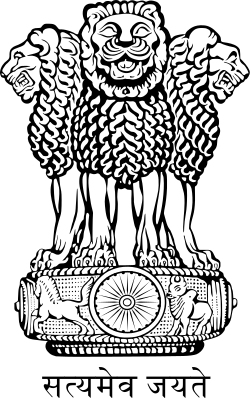| Information Technology Act, 2000 | |
|---|---|
 | |
| Parliament of India | |
| |
| Citation | Information Technology Act, 2000 |
| Enacted by | Parliament of India |
| Enacted | 9 June 2000 |
| Assented to | 9 June 2000 |
| Signed | 9 May 2000 |
| Commenced | 17 October 2000 |
| Introduced by | Pramod Mahajan Minister of Communications and Information Technology |
| Amended by | |
| IT (Amendment) Act 2008 | |
| Related legislation | |
| IT Rules 2021 | |
| Status: Amended | |
The Information Technology Act, 2000 (also known as ITA-2000, or the IT Act) is an Act of the Indian Parliament (No 21 of 2000) notified on 17 October 2000. It is the primary law in India dealing with cybercrime and electronic commerce.
Contents
- Background
- Summary
- Amendments
- Offences
- Notable cases
- Section 66
- Section 66A
- Section 69A
- Section 79
- Criticisms
- Section 66A and restriction of free speech
- Strict data privacy rules
- Section 69 and mandatory decryption
- Section 69A and banning of mobile apps
- Future changes
- Importance of the Information Technology Act
- Secondary legislation
- See also
- References
- Further reading
- External links
Secondary or subordinate legislation to the IT Act includes the Intermediary Guidelines Rules 2011 and the Information Technology (Intermediary Guidelines and Digital Media Ethics Code) Rules, 2021.